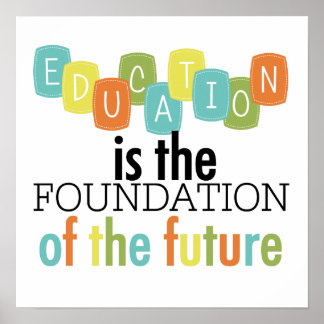Over the course of the 16 week semester I learned a great deal about Marketing through the BU 215 Marketing course. The class had clearly defined objectives, such as learning the terminology of marketers, recognizing the importance of the consumer, and to put marketing into action via team projects, individual presentations, as well as reports. Although the semester flew, we were able to achieve these objectives and gain the outcomes of participating and communicating as an effective part of a team, using oral skills to persuade an audience, as well as understanding the roles and responsibilities of marketers.
As mentioned in my seventh blog post, my class used an online marketing simulation to truly bring the concepts we were learning to life. We played the simulation in teams and had to meet with our teammates weekly to make decisions as to how to price, distribute, and promote our product. I found this assignment to be helpful in that it truly helped me strengthen my communication with a team as was an objective of the course. I can recall struggling with speaking up the first three turns. I was afraid to challenge the ideas of my teammates so I elected to just go along with their ideas. Finally, in the fourth turn I realized that as a teammate I not only should speak up and participate in decisions, but was entitled to do so. I began to voice my opinions and provide input for decisions that turn, and never looked back. As a result I become more confident in myself and my ability to work in a group setting.
The simulation was not just helpful for its team element though, it helped me better understand and meet the course objectives and outcomes to recognize the importance of the consumer as well as the roles and responsibilities of marketers. In one of our first class lectures we defined marketing as creating or discovering a need for a product, then selling, advertising, and delivering products to customers. In the simulation we had the opportunity to create a backpack that fit the needs of a target market, then decide how best to advertise the backpack and get it from producer to consumer through various channels of distribution. The simulation was a fairly accurate trial of utilizing the roles and responsibilities of marketers to sell as product. We learned the importance of consumers through the simulation in that without consumers there would be no sales. We also discovered that consumers were not only vital for the sale of products, but for feedback when it came to price and design. I learned that just like the virtual consumers in the simulation, real consumers are vital as sources of critique and are instrumental in developing products that are desirable, correctly priced, and successful.
During the semester I had three individual presentations. These presentations consisted of two advertisements, and one Ted Talk. The purpose of the presentations was to "put marketing into action" as well as to use oral skills to persuade an audience. I felt as though these objectives were definitely met. For the three presentations I was not allowed notes or the use of a PowerPoint presentation. Although this seemed like a daunting task, it helped me practice my presentations in advance so as to have a well-polished (while still natural) material to bring to class. I learned how to relate relevant course material to my presentations as well so as to capture the attention of my peers and convince them of the pertinence of the videos to our marketing class and future in the marketing field.
Through the textbook and class discussions, as well as the marketing simulation and class presentations, it seems I have met the course objectives and outcomes as outlined in the beginning of the semester. Through the mastery of marketing terminology to improvement in communication in group settings, as well as, individual oral presentation skills I have grown significantly as a student and future marketer through the BU 215 Marketing course. I hope to put these newfound skills to use while a student here at Saint Michael's College, and in the future as a businesswoman.









